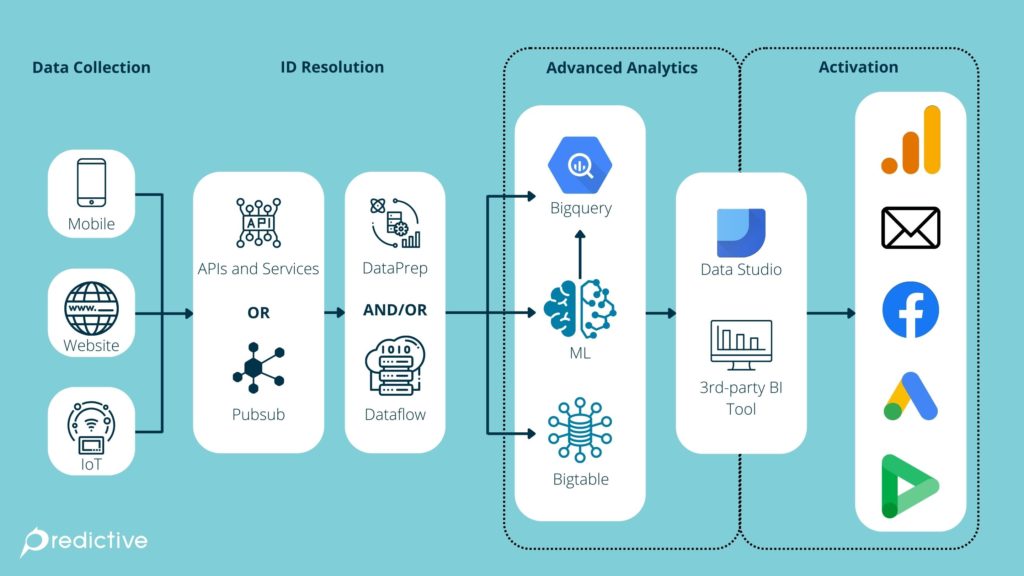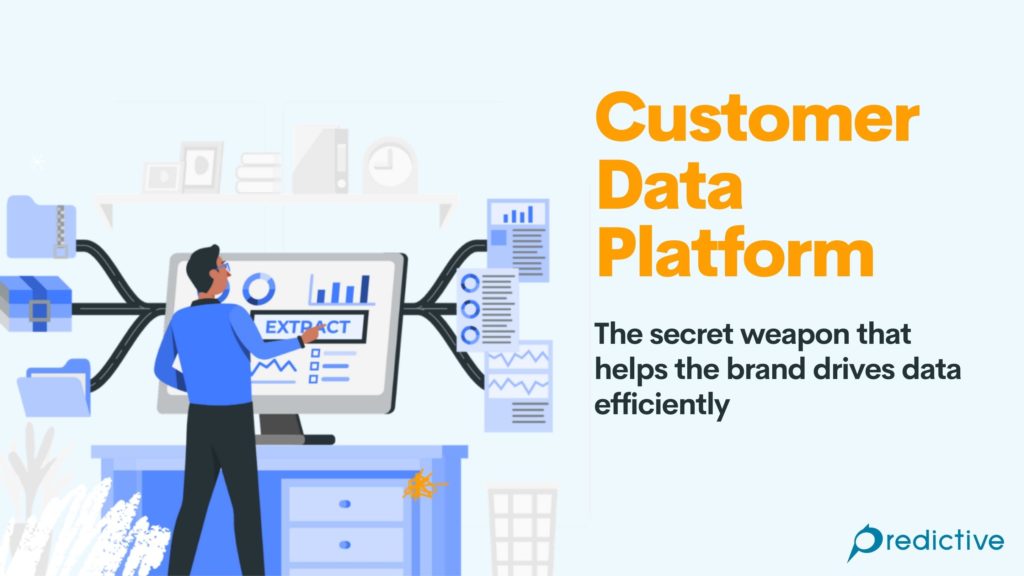In the world of competition, marketers need to build and deliver the best user experiences. To be able to do this, the brand needs to have “Data” to deeply understand customers from various dimensions (Ex. Data from Call center team, Web analytics, Customer Relationship Management (CRM) data, and Ads Network).
But the challenge that the brand faces is that the necessary data which is important for marketing is disrupted in Silos in each team and department. This might cost you a week to get the data that you want. Therefore, you are not able to respond to the always-changing consumer needs, and one more important thing is when you get the data which are not 100% accurate due to the different storage in each platform, you might see one customer as two different persons.
Another difficulty found in the Data Privacy era is that the customers focus more on the importance of their privacy which pushes the Brand to collect and apply the consented data correctly.
Nowadays, the above mentioned issue can be solved by applying Customer Data Platform (CDP). In this article, we will go through all CDP use cases and the difference between CDP and other platforms.
What is Customer Data Platform ?
From the previous article, we talked about the basics importance of CDP, so today we will share Gartner’s perspective towards Customer Data Platform
“Customer Data Platform (CDP) is a marketing tool to help the brand gather the data from various sources together to understand customers at its best. After that, analyze those data and create a model and do the personalization marketing for each customer. The marketer will be able to access and easily pick up the data from CDP on their own. So this is the weapon which will help the marketing run their team more effectively with data.
So you can see that CDP is a very important weapon to make you one step ahead of the competitors, and this is how it works.
Customer data Platform (CDP) basic functions
Roles and responsibilities of CDP, divided into 4 key functions as below:

เลือกอ่านหัวข้อที่คุณสนใจ
CDP Work Process
1. Data Collection
There are two types of customer retention data collection patterns for brands: Collect customer’s profile and behavioral data altogether in one place. From the picture, it can be seen that brands can collect data from several channels and tools such as
Mobile App Analytics: content viewing information on different pages
Web Analytics: Page views data, search for product names, view products of any kind.
Internet of things (IoT)
Also, brands can combine other information as below:
Third-party marketing: Interest, Demographic
CRM: Email, Phone number
E-Commerce: Product viewing information, Adding product to cart information
(these two can be transferred into Customer Data Platform (CDP) right away)
2. ID Resolution or Profile Unification
Create a customer profile by mapping ID to provide information for customers between different platforms and using various marketing tools to see the whole customer journey as a single person
3. Advances Analytics
Use those data to create marketing campaigns (Ex. Segmentation).
4. Activation
Activate the segmentation from the previous step for further marketing (Ex. Shooting Ads through various channels by sending out different offers in accordance to each customer’s profile).
Predictive Tips: Choose CDP which helps marketers activate data in Real-Time. As we are Google Marketing Platform and Google Cloud Partner with a CDP Ecosystem that helps brands activate the use of data through various platforms in Real-Time by collecting all brand data on Google Cloud. Once the data is ready to use, the brand can use Google Cloud tools to do Machine Learning for in-depth analysis and further communication through other channels.
How we can help
Fill out the form below to discuss your needs or learn more about our services
"*" indicates required fields

